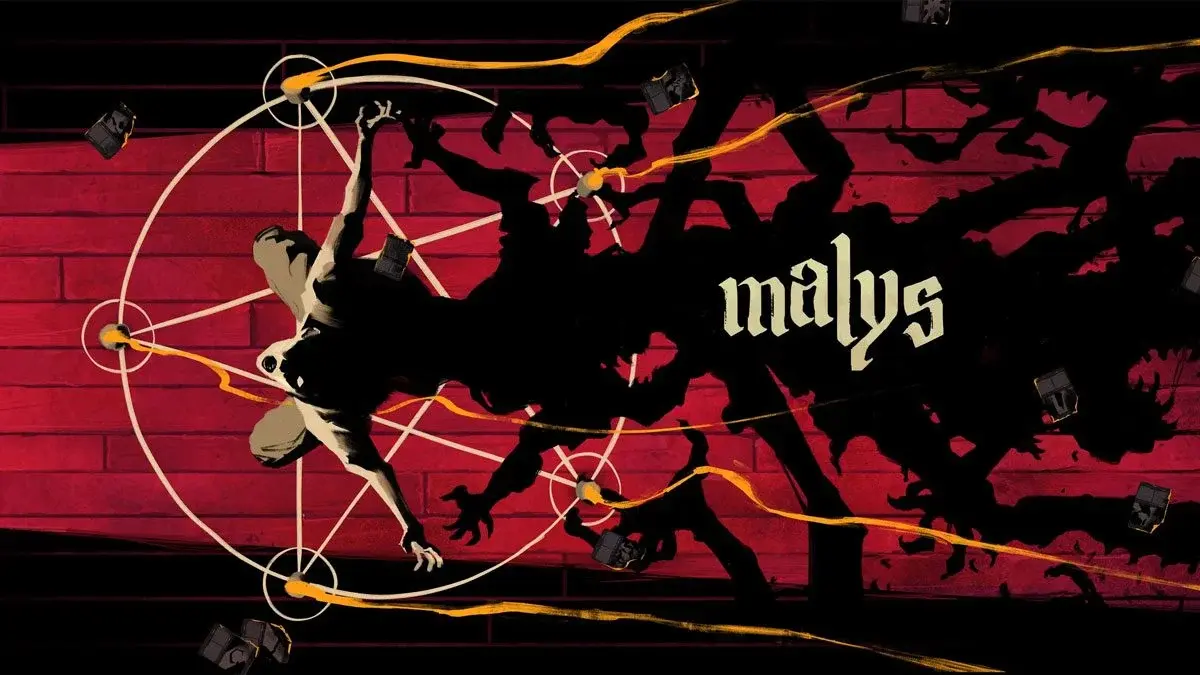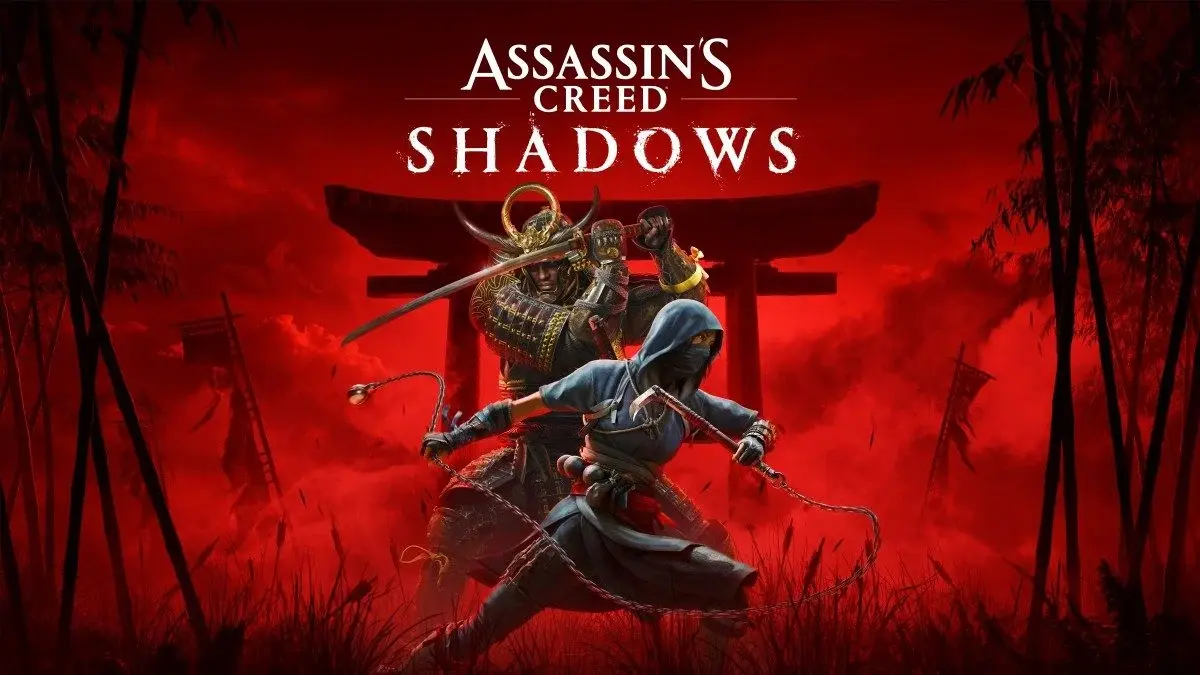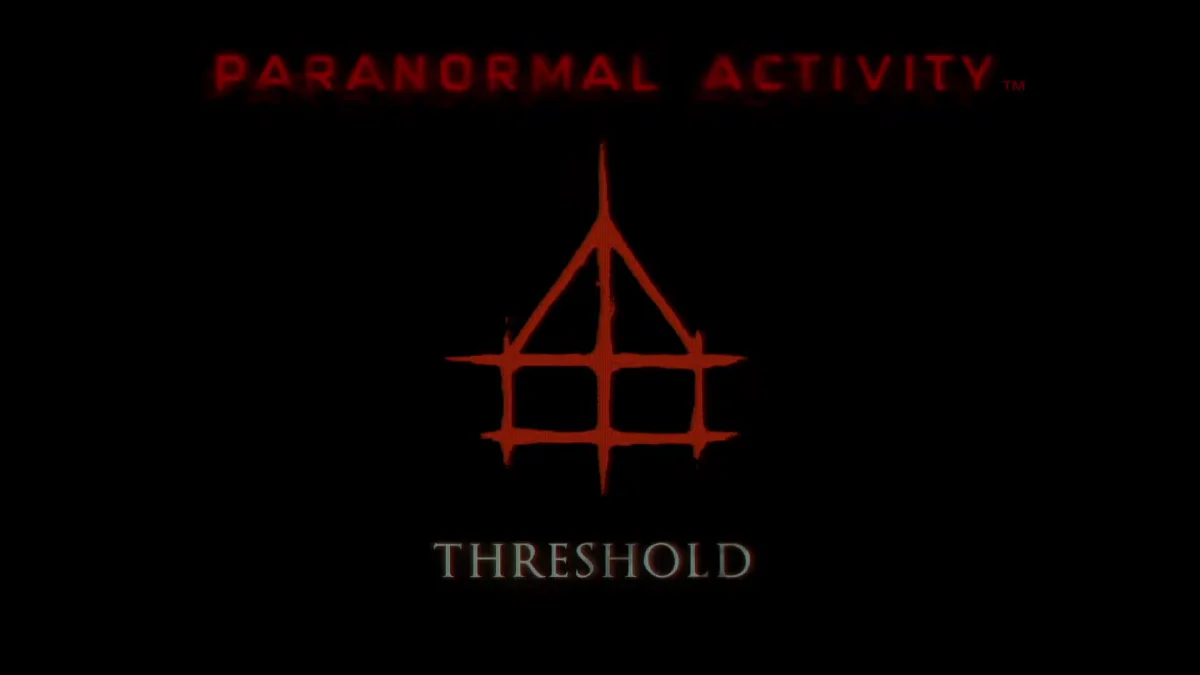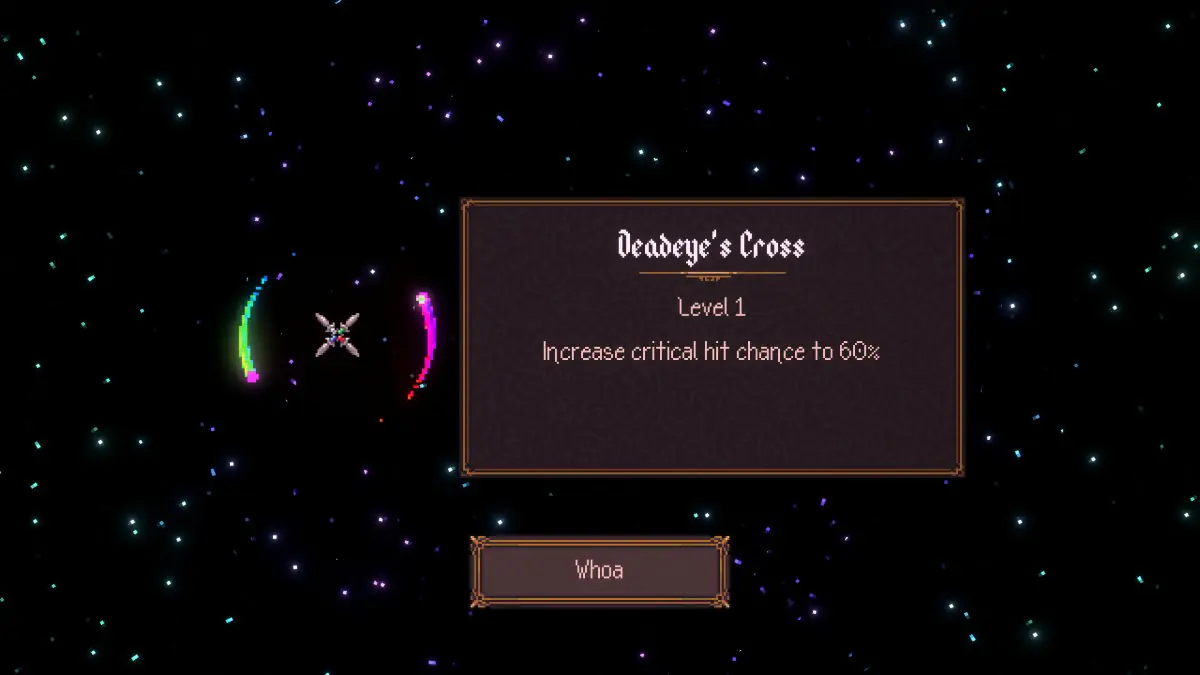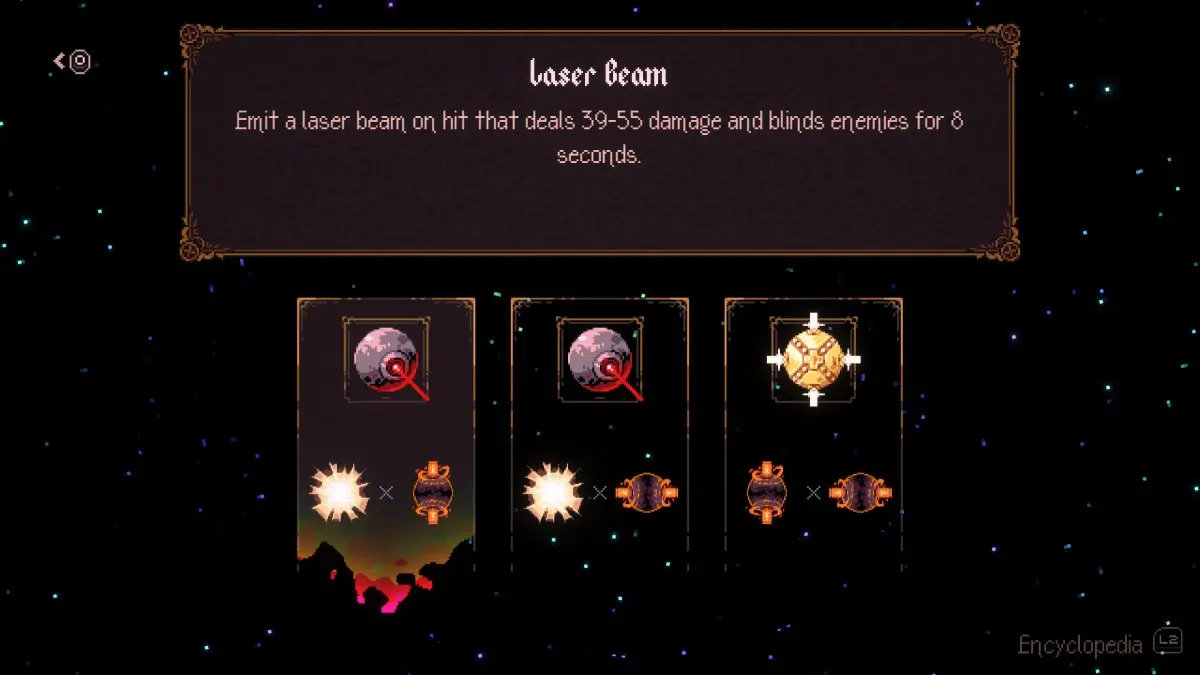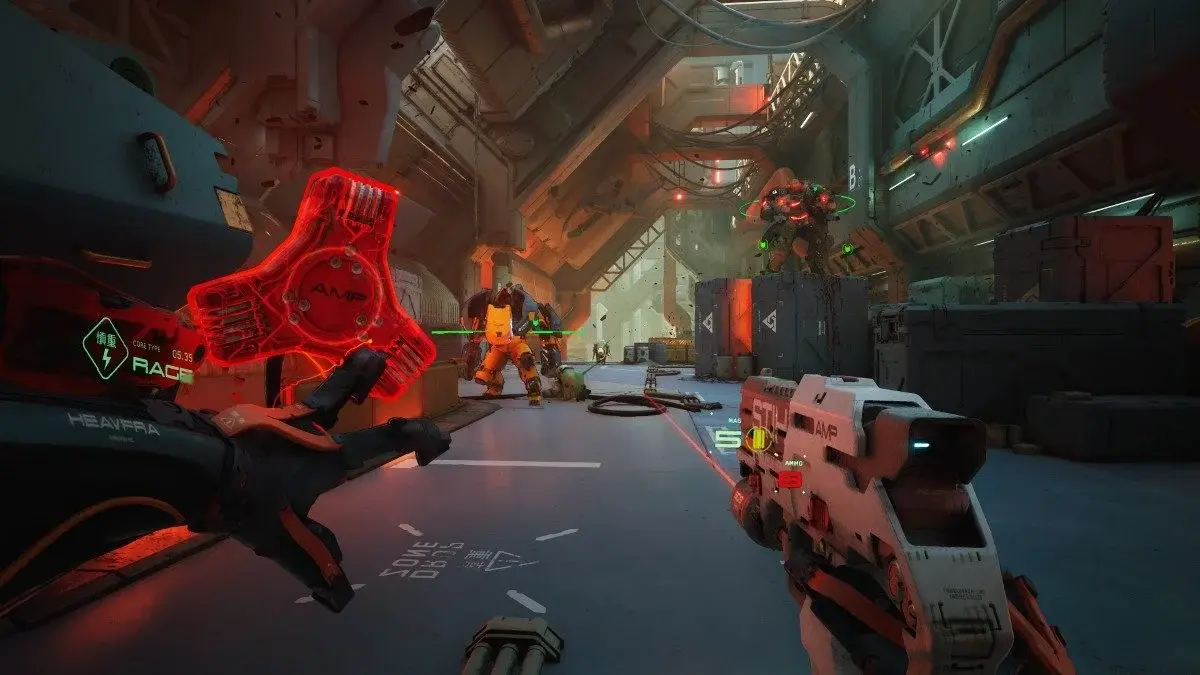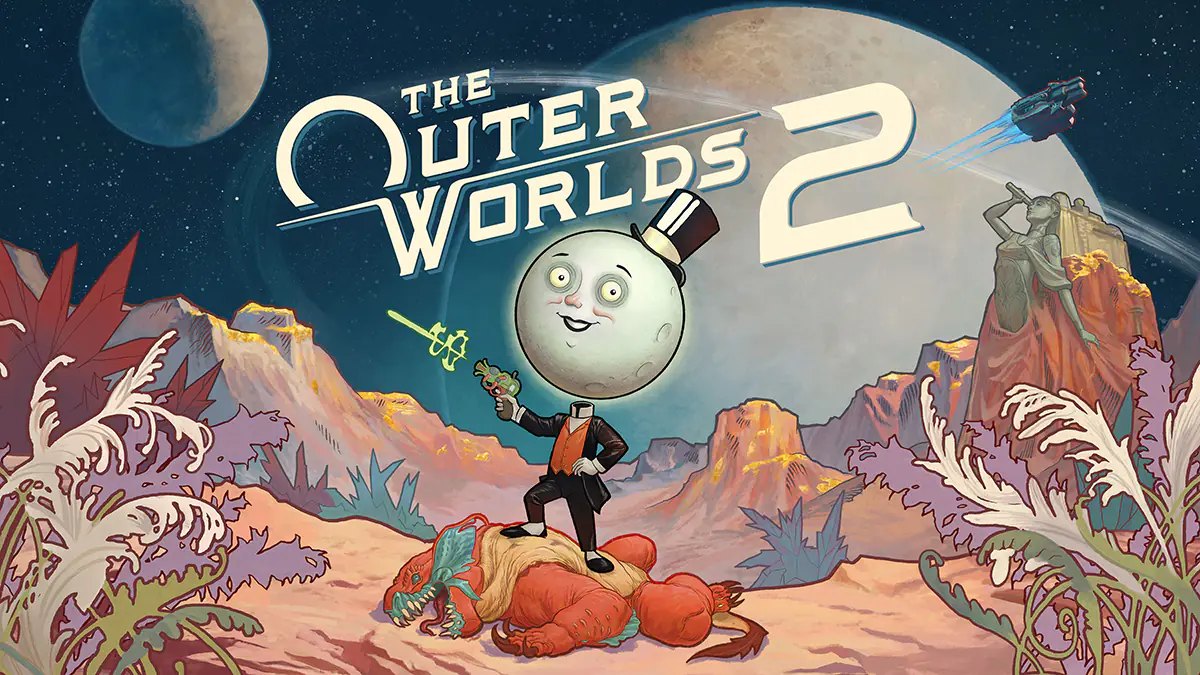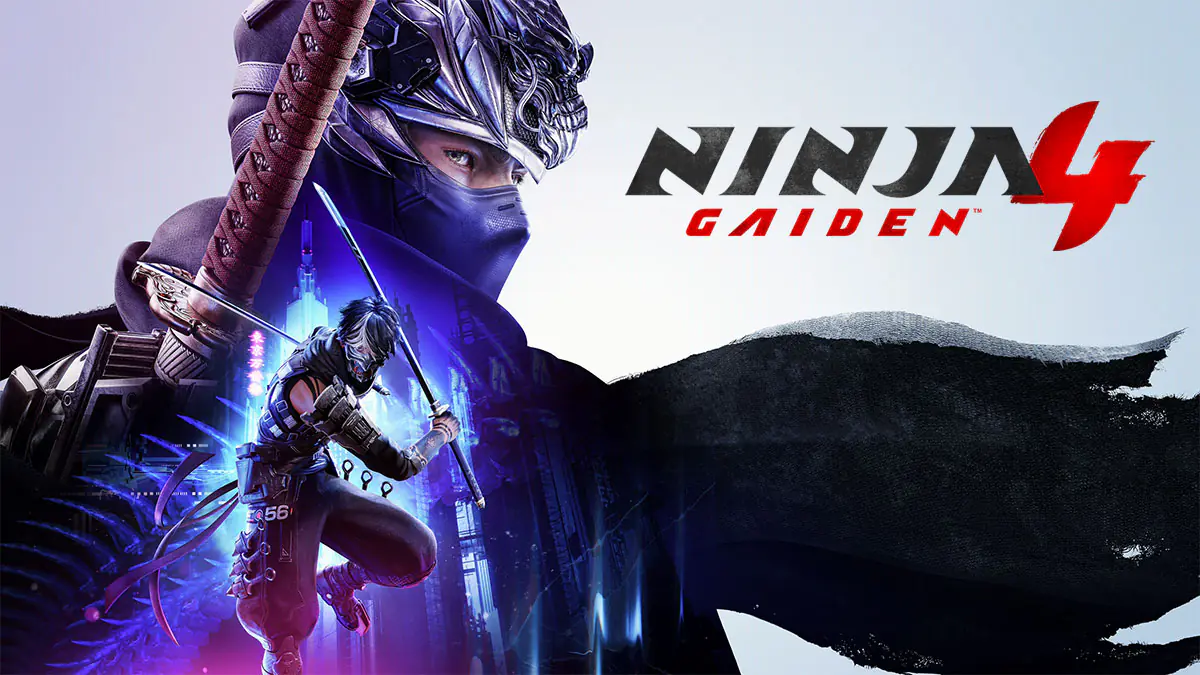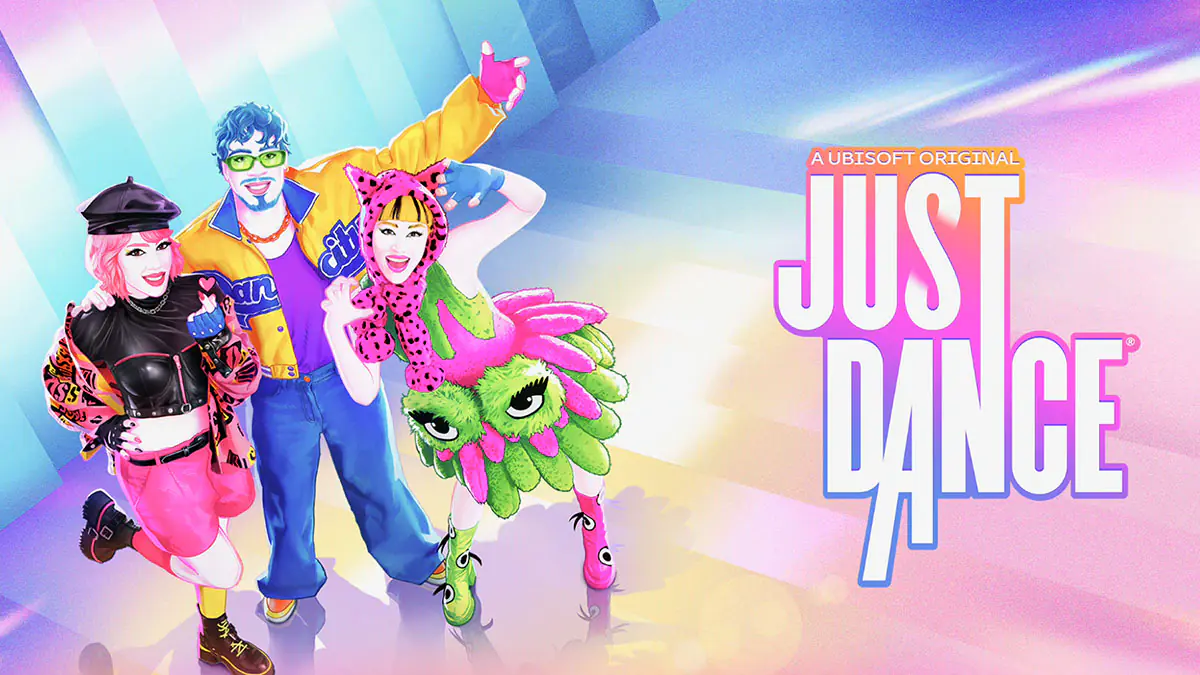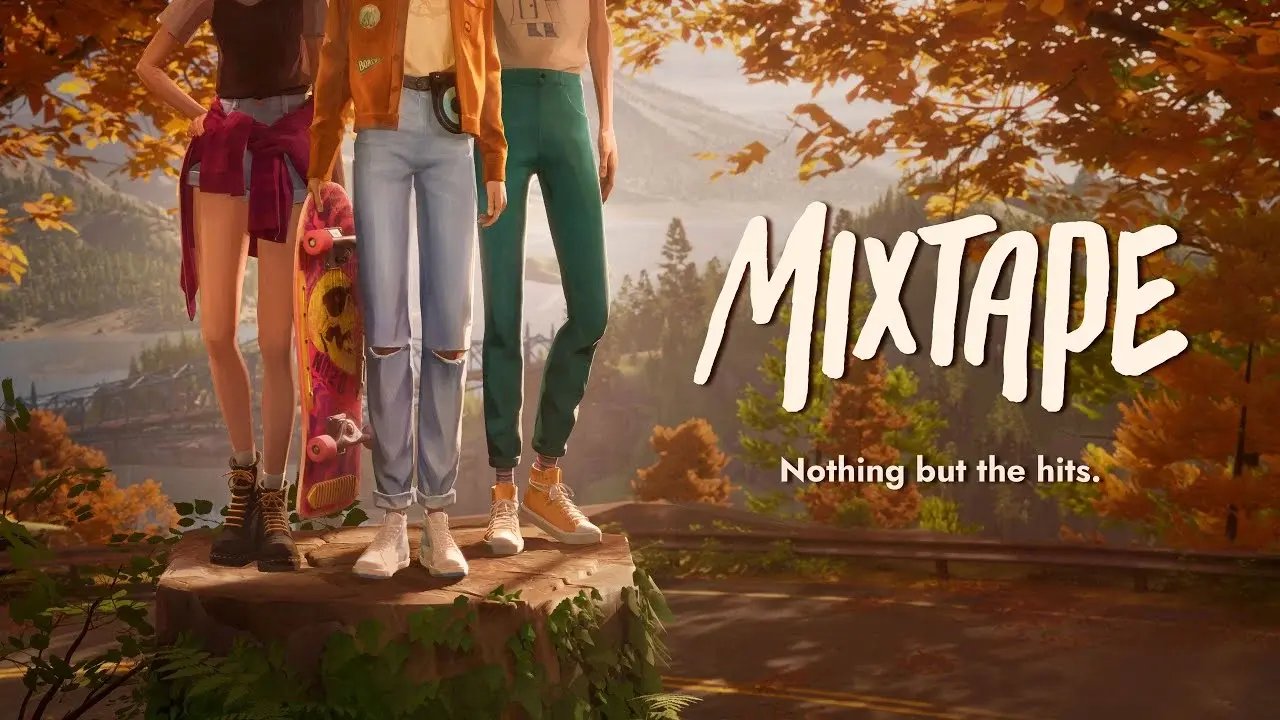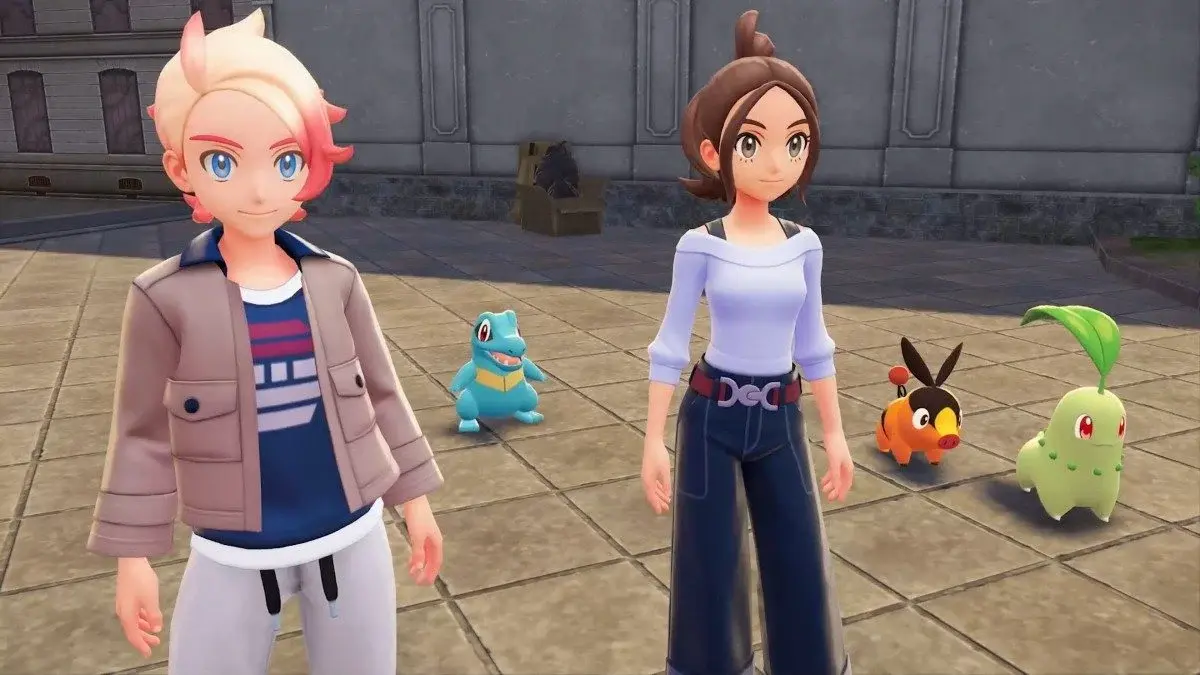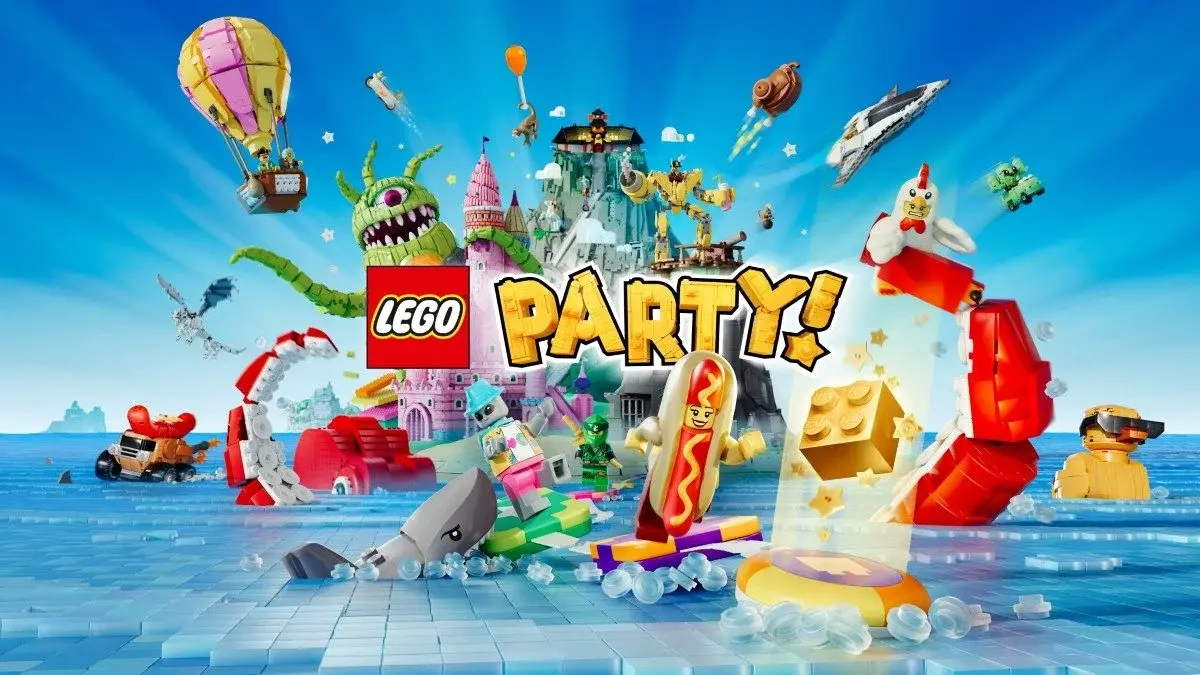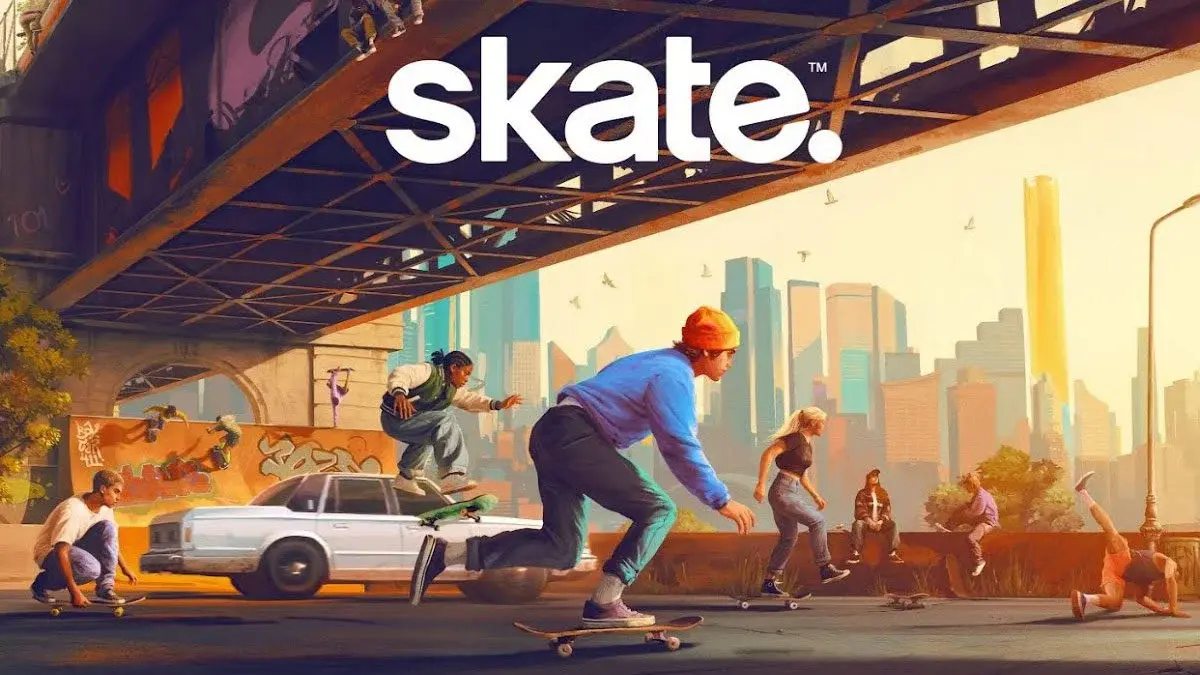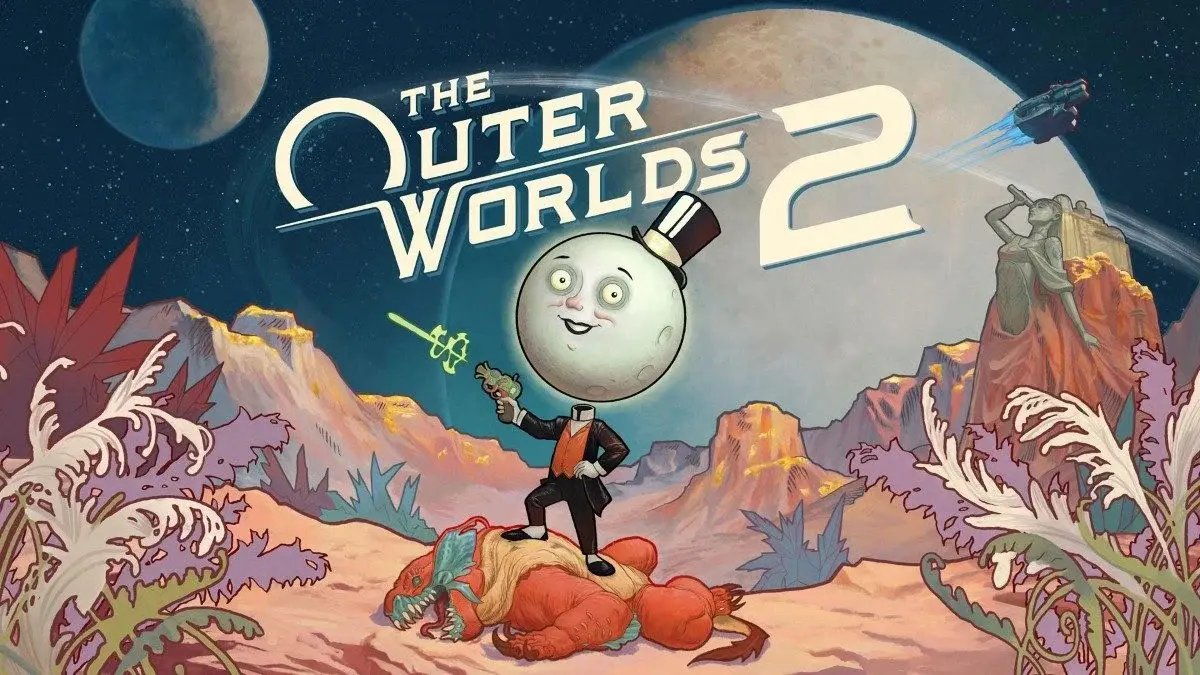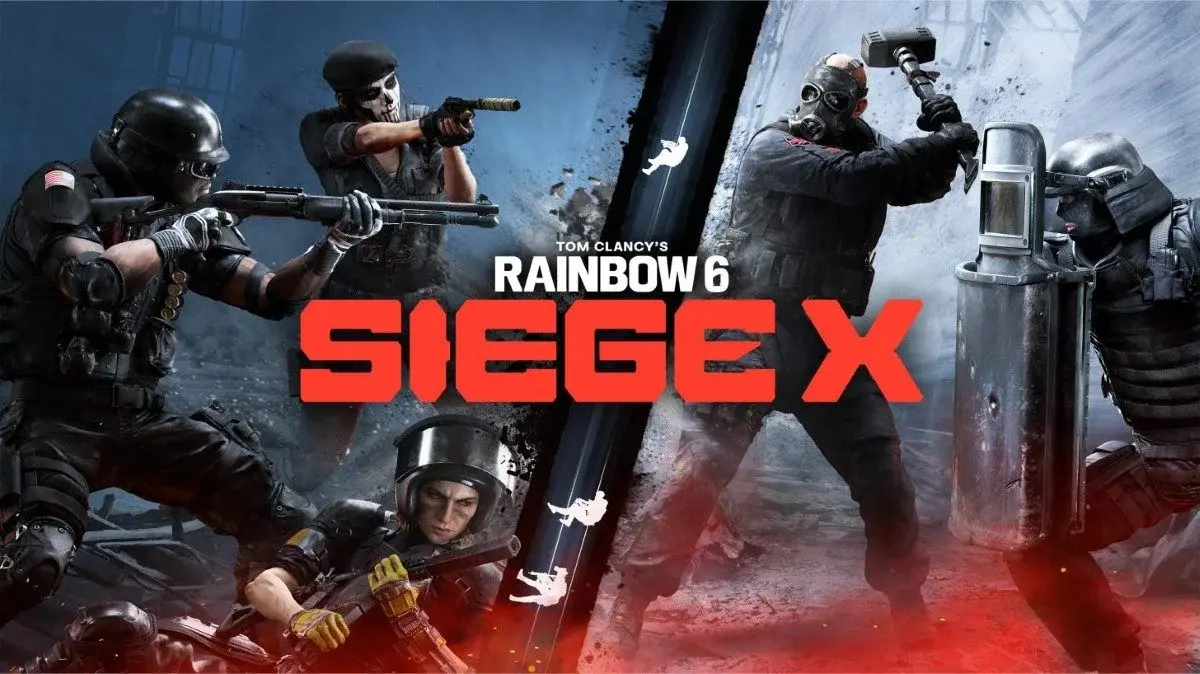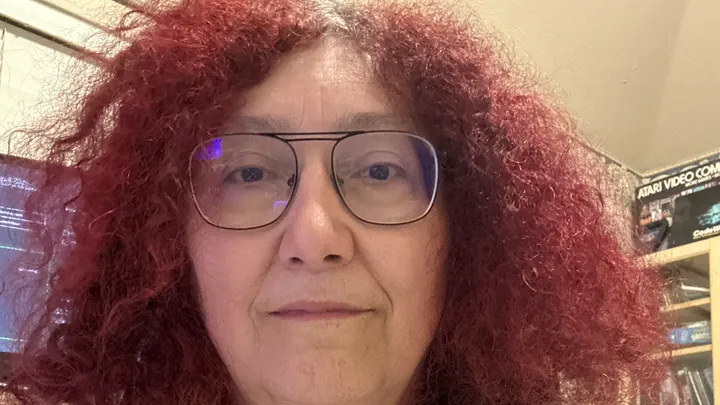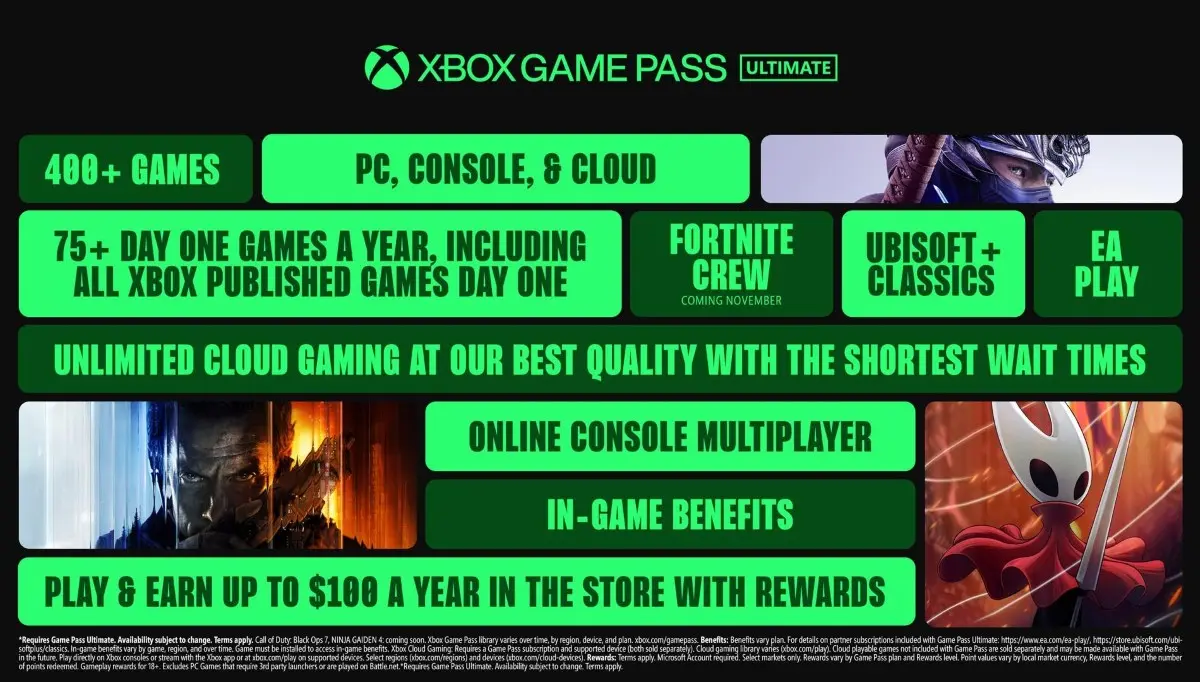Take all the time you need, Ubisoft Quebec.
I’ve followed Assassin’s Creed since the early days of Altair in a sparsely populated world, continuing on with the hijinks of Desmond and his ever-expanding pool of friends before they were all retired and things entered their modern era. Since then, Ubisoft Montreal and Ubisoft Quebec have been battling it out to define what the franchise is: Montreal’s Origins added massive RPG elements, while Quebec’s Odyssey — my clear favourite of the franchise — gave it a heart thanks to Alexios or Kassandra.
Montreal’s next, Valhalla, was simply too sprawling for my liking, while Mirage — developed by Ubisoft Bordeaux and first intended as Valhalla DLC — righted some wrongs by offering a tight, streamlined experience reminiscent of Altair, Ezio, and Connor. Despite my enjoyment of Unity (etc), we’ll leave this history lesson there.
It’s once again Quebec’s turn at bat, this time with the fate of the franchise — and potentially Ubisoft itself — at stake. Thankfully, and despite the optics that two delay announcements have caused, they’re in a good position. From the three hours of gameplay I’ve had access to, Shadows is a wonderful celebration and extension of what makes the franchise great, just as Odyssey was before it.
I wear my for Odyssey on my sleeve — quite obviously, as this is the umpteenth time I’ve referenced it in very few paragraphs — but it’s nonetheless left a bitter taste in the mouths of me and my husband (don’t be rude). We both happened to pick Alexios in our playthroughs, taking advantage of the ability to roleplay as a powerful gay protagonist. We were both saddened to find that it was Kassandra who was considered Odyssey‘s ‘canon’ hero when Valhalla rolled along, because Alexios and Kassandra were interchangeable characters.
It’s here that Quebec has righted its first wrong. New protagonists Naoe and Yasuke are wholly unique, fully formed beings. Yasuke is a gigantic, lumbering beast of a samurai, the very definition of brute force and someone meant for combat. In contrast, Naoe is a lithe, whipsy shinobi, one who sticks to the shadows and generally relies on stealth.
For the majority of what I played, I was able to switch between characters and take advantage of those core strengths, but that’s not to say that Naoe can’t fight her way out of a bad situation, nor that Yasuke can’t extinguish nearby sources of light and become a shadow himself.
On that, my biggest ‘wow’ moment of my experience happened as Naoe. Locked onto a single enemy, I used LB to parry an attack and my right stick to target a new opponent. I marvelled as Naoe used the body of my former target to propel herself forward in order to concentrate on the next. Long gone are the times of a group of enemies circling you, each taking their chance to attack.
That entire concept of light and dark is also incredibly important to Shadows (as if that subtitle didn’t give it away). While stealth largely meant sticking to rooftops or kneeling in tall grass, our protagonists now have far more to deal with when trying to be sneaky. Extinguishing torches will help you keep out of sight, though predatory NPCs will now be far more receptive to sound as well.
Our heroes’ differences aren’t just lip service. Yasuke will literally charge through doors — or better yet, smack into a grouping of enemies — thereby causing them to fly out in every direction. His bulk is also extremely apparent when trying to climb up tall structures; a speedy Aveline, Evie, or Bayek he is not.
Meanwhile, Naoe makes every bit of parkour look insanely easy, able to use a grappling hook that lets her reach vantage points with ease. That same hook can be used to swing out into empty space, positioning her to release and perform an extremely satisfying air assassination on unknowing opponents. Up high, synchronisation points are still in play, though you can hit LT with either protagonist to enter observation mode in order to spot points of interest wherever you happen to be.
The ability to go fully prone as to just crouch will help to slink around in the dark, while changing weather systems will not only add spice to visuals but to gameplay itself. A stream in the spring might be frozen in the winter, drastically changing how you move about an environment. I also marvelled at how wind gusts would move large quantities of leaves around, or how contained fires would ebb and flow with air currents.
Quebec is also pushing a sense of exploration in Shadows, though it’s not as severe as in previous AC outings. While you’ll receive clues as to how to progress an objective, Naoe and Yasuke are also actively building a network of spies. Those allies can be used to scout out an area, via your in-game map, to turn clues into a straightforward objective marker. Play as you will.
Additionally, Shadows adds something called Canon mode, which those prone to yell, “well, actuaalllllllllly” like me might want to take advantage of. Canon mode is Ubisoft’s extreme narrative solution, removing opportunities of decision from the player to instead have its protagonists drive the story forward in the way that was intended.
Canon mode seems highly interesting, and should ensure that we won’t find ourselves back in a Kassandra-not-Alexios situation. That’s in theory, of course; I foolishly played through the preview in Canon mode, and when I asked if a narrative beat that seemingly could have offered up a choice actually did. It was here that Ubisoft Quebec’s Luc Plante decided to keep me guessing.
I’ve high hopes for what Assassin’s Creed Shadows has to offer. Those have been met with what I’ve played so far… while some teases for what’s to come in the franchise’s modern day world have only piqued my interest in terms of what is possible. Bring it on.
 |
Assassin's Creed Shadows20 March 2025PC PS5 Xbox Series S & X
|
This article may contain affiliate links, meaning we could earn a small commission if you click-through and make a purchase. Stevivor is an independent outlet and our journalism is in no way influenced by any advertiser or commercial initiative.

